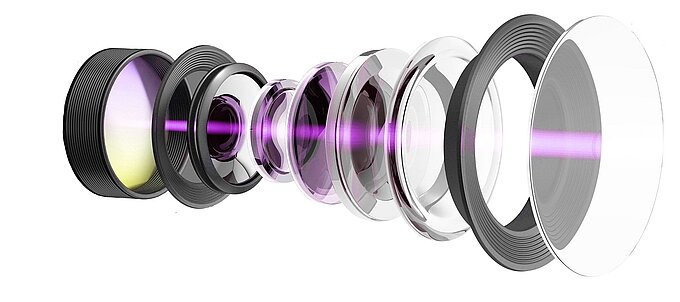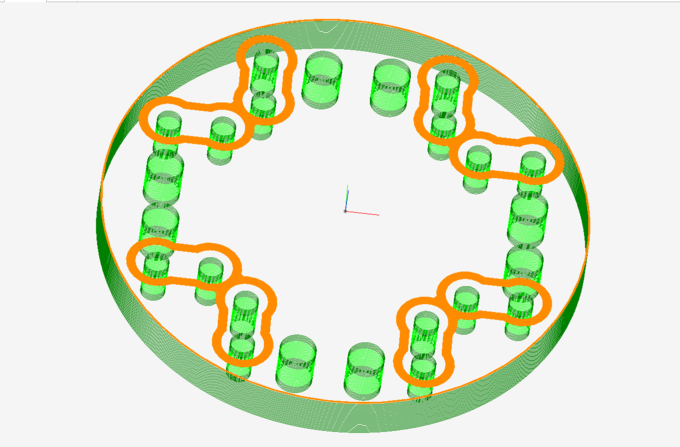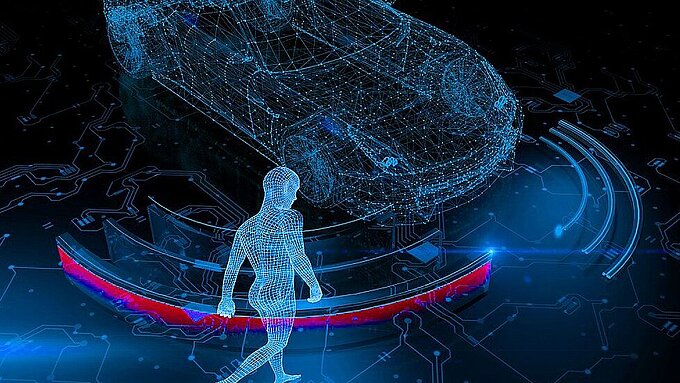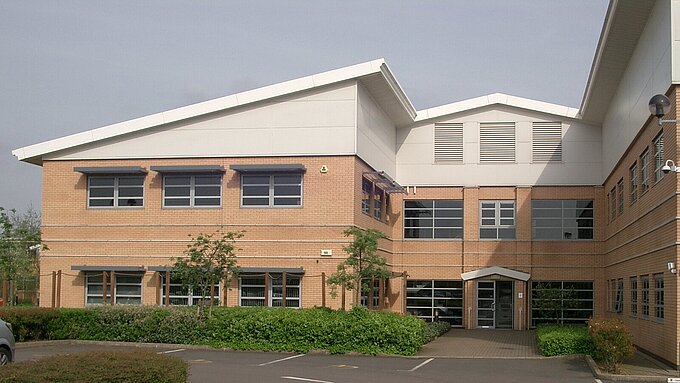If you can Measure it, we can Help you Optimise it
System Optimisation – Tracking and Alignment in Multiple Degrees of Freedom
Test and manufacturing processes often require some form of optimisation by moving and aligning certain elements, or by tracking a target. Said target could be as small and special as a quantum emitter, or as common as a zebra fish used for genetic research.
Other examples are found in laser production, where optics, fibers or active media need to be adjusted for maximum output power. The performance of the smallest cell phone cameras is also dependent on the optimum alignment of individual lens elements. This can be a very time-consuming process, since each element can be positioned in 6 degrees of freedom and each change in each element may influence the optimum position of the other elements.
On the other end of the optics spectrum, there are astronomical telescopes with segmented mirror elements, where multiple gaps between individual segments need to be brought to within nanometer tolerances to maintain a perfect wavefront.
What all of these cases have in common – as long as there is a way to measure the output – it can be expressed as a quantity and PI can help to optimise and speed up the process. These quantities can be derived from image acquisition software, proprietary algorithms for balancing between multichannel or multi image acquisitions of data, or anything our customers can imagine:
- If there's a sensor that measures some quantity that varies as a function of position or orientation, we have fast algorithms and precise mechanisms to rapidly optimise it in multiple DOFs using parallel processing of alignments. Examples include optical power, extinction ratio, photon count and calculated quantities, such as the Modulation Transfer Function for imaging systems. We can utilize RSSI and other queried quantities too. For most applications, a high bandwidth on the measured quantity is required to take full advantage of our real time signal optimisation and tracking capabilities.
- Our digital piezo controllers have analog inputs suitable for external sensor inputs. This can be used to set and track a desired set point in real time.
- Focus sensors can be configured to drive a large range of our piezo and motorised positioners.
- Our digital nanopositioning controllers and motorised positioners can work out-of-the-box and retain their internal sensor functionality with bumpless switch-ability; our analog nanopositioning controllers require a simple internal modification to utilize external sensors.
- Position sensitive detectors and quad cells can easily be adapted to provide real-time tracking capability for most PI controllers.
- EtherCAT can be used as a backbone for real-time tracking and optimisation functionality.
If you are working on a project that requires higher precision and/or higher speed, talk to our engineers; we would be happy to optimise your system.





